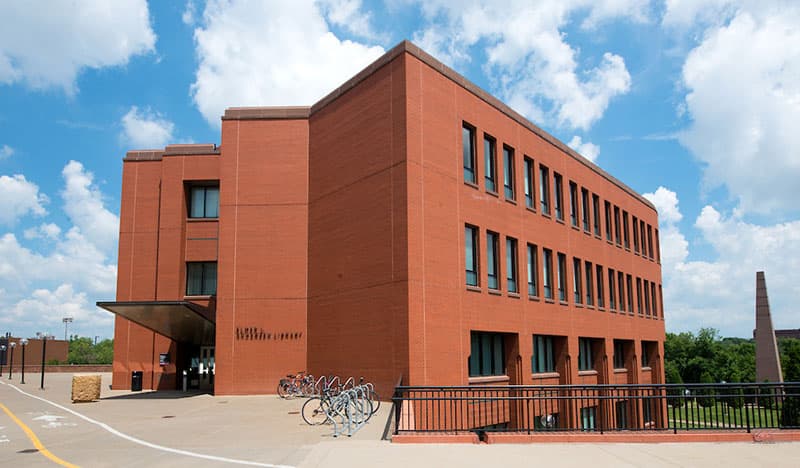A Brief History
HISTORY OF YMCA WORK IN CHINA
Although the YMCA movement had been active in China as early as the 1870s, the first North American work YMCA work in China dates from 1889, when Luther Wishard traveled there as part of his efforts to lay the groundwork for a major expansion of YMCA foreign work. He found four student YMCAs in existence and organized three more. Associations, chiefly for foreigners living in those cities, had also been organized in Shanghai and Hankou (Hankow). In 1895, the International Committee of the YMCA in North America sent the first American YMCA secretary, D. Willard Lyon, to China as a response to appeals from missionaries in Beijing (Peking), Shanghai, and Yantai (Chefoo). This was the beginning of fifty-five years of North American YMCA involvement in China. Over the years approximately 150 secretaries served in about forty associations throughout the country.
Lyon launched his work in Tianjin (Tientsin), rather than Beijing, as he had first intended, for there, so he said, was "the only city in China with a well-organized system of educational institutions for the teaching of Western subjects." As the future leaders of China, students were the focus of much the International Committee's attention. Following a tour of institutions of higher learning by Lyon and John R. Mott, then general secretary of the newly organized World's Student Christian Federation, twenty-two new student YMCAs were organized in China in 1896.
Part of the appeal of the YMCA was the International Committee's policy of stressing indigenous leadership, support, and control, which appealed to the burgeoning nationalism of the Chinese. However, the rapid growth of the YMCA in China initially required additional staff from the North American Association. Among the other early YMCA secretaries sent were Robert Ellsworth Lewis, Robert Reed Gailey, and Fletcher Sims Brockman. The Boxer Rebellion briefly halted the YMCA's activities in China, but recovery and advance followed rapidly. The General Committee of China, Korea, and Hong Kong was founded in 1901. The following year, headquarters were established in Shanghai. In 1912 the General Committee became the National Committee of the Young Men's Christian Association of China, with Brockman as the first national secretary (1901-1915). The peak of the International Committee's involvement came in the early 1920s, with 89 secretaries serving in China. By that time, there were 30 city associations with a membership of over 32,000, plus 170 student associations counting 14,200 members. Local boards of directors and the National Committee soon became predominantly and then exclusively Chinese. More and more, the responsible positions, both local and national, were filled by Chinese. In the position of National Secretary, Brockman was followed by C. T. Wang (1915-1916), David Yui (1916-1936), S. C. Leung (1926-1949), and Y. C. Tu.
While the YMCA's foreign work was rooted in the missionary movement and Bible classes were among the first activities offered by the fledgling association, the program included a variety of other educational programs, including English classes, lectures, and vocational training. Physical training, public health education (a national health campaign organized by the YMCA in the 1920s virtually ended typhus in China), and other fields of work were soon added as the YMCA responded to local needs. The YMCA introduced many Western sports and Western-style sports competitions, and can also take credit for the early organization of the Olympic movement in China. Under the leadership of Max Exner, who became the first national physical director in 1908, as well as C. H. Robertson and educator Zhang Boling (Chang Poling), the YMCA organized the Far Eastern Games, the first international competitions in the far east.
After the revolution in 1949, the American YMCA continued to support Chinese YMCAs in Hong Kong and Taipei, Taiwan. Involvement by North Americans (or acknowledgment of the Y's Western connections) proved impossible under Communist rule. Nevertheless, a number of YMCAs in mainland China persisted. As of 1955, twenty-six continued to operate, the only Christian institution with a social program that had not been taken over by the government, but the YMCA in the United States had little direct contact with the YMCA in China during the middle decades of the century. In 1979, relations between the Chinese and American YMCA movements were renewed when Li Shao Pao, K. H. Ting, and Wen Han Zhou attended the World Council on Religion and Peace Conference in Princeton, New Jersey. Following friendly negotiations, funds held by the U. S. National Council of YMCAs for the YMCAs of China during World War II and following were returned in 1983. Subsequently, there have been continued delegations and visits by groups and individuals.
-
Reaching for Gold: The YMCA and the Olympic Movement in China, 1895-1920
Explore an online exhibit that tells the story of the origins and development of the Olympic movement in China by looking at the YMCA's introduction and promotion of athleticism there in the late 19th and early 20th centuries.

